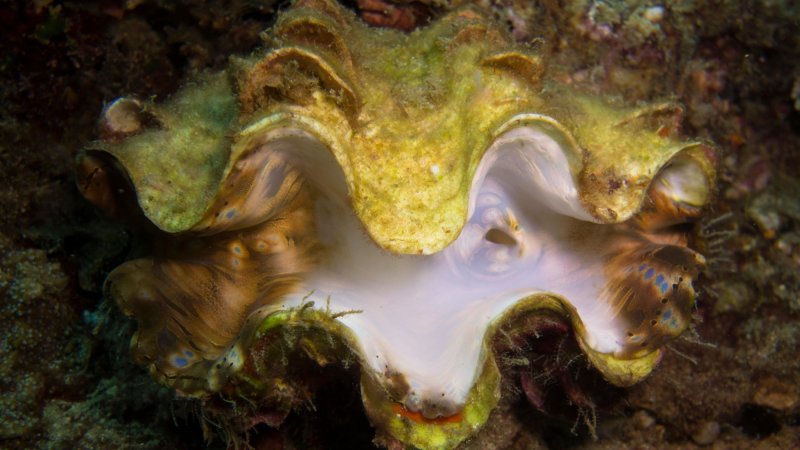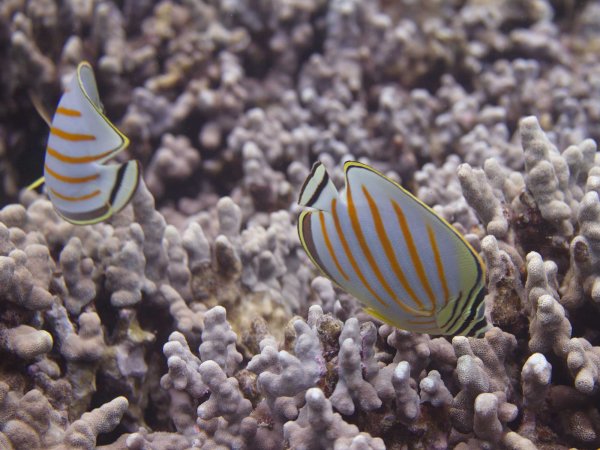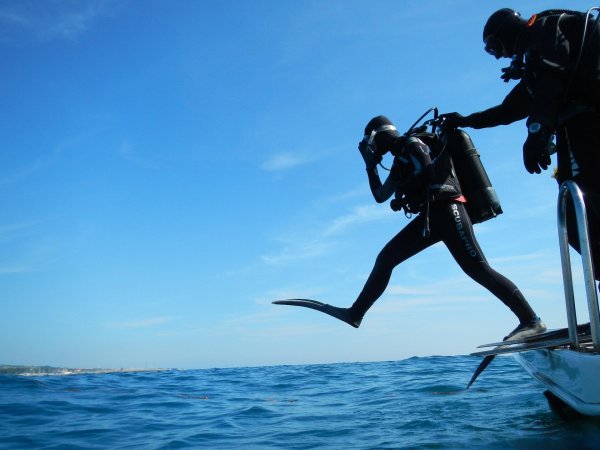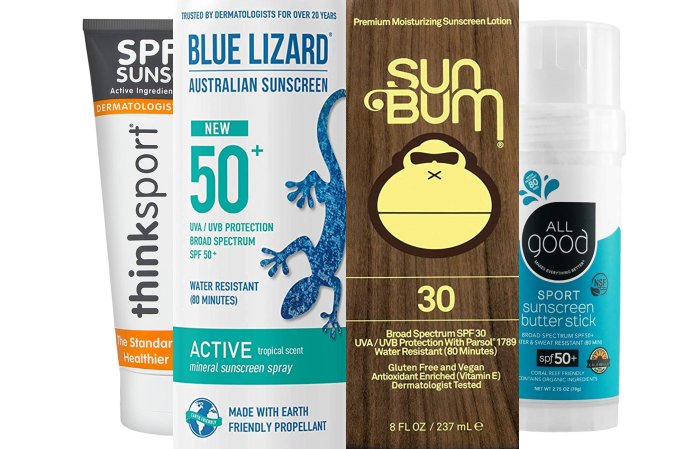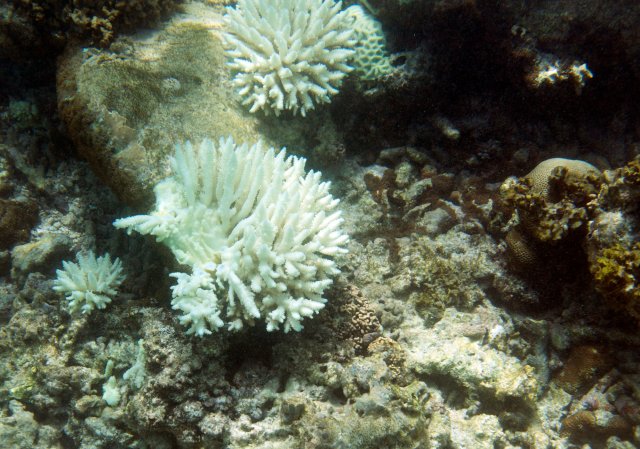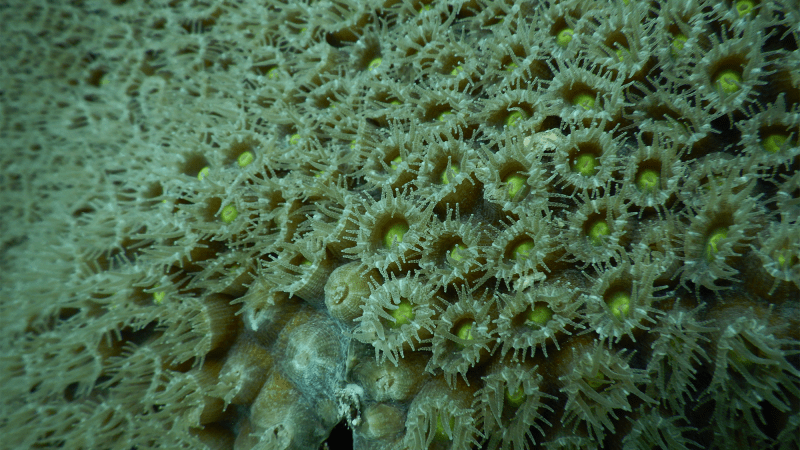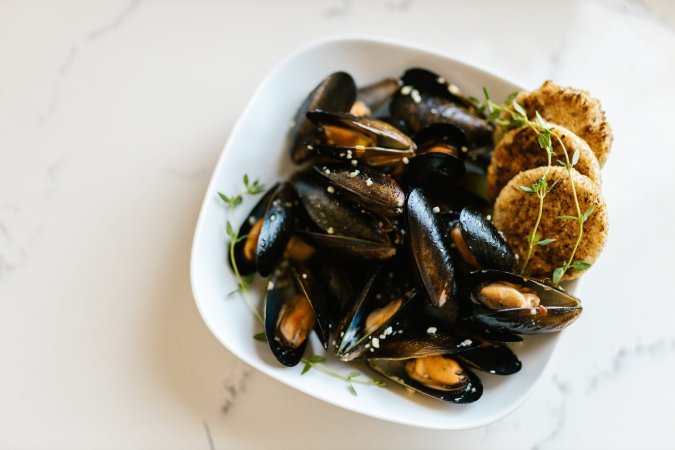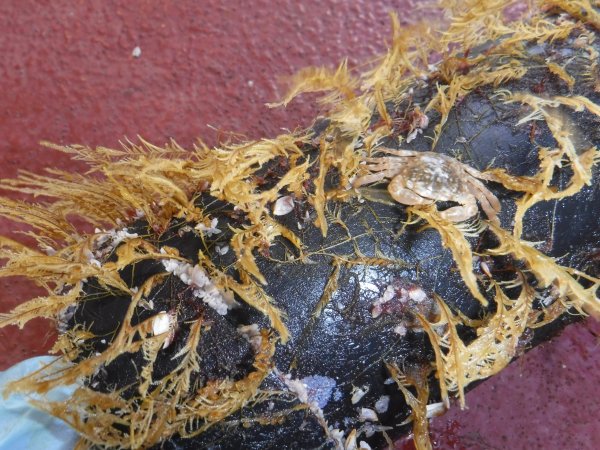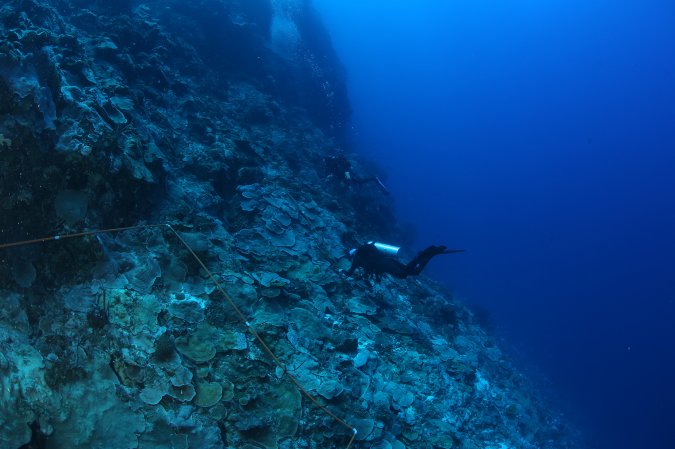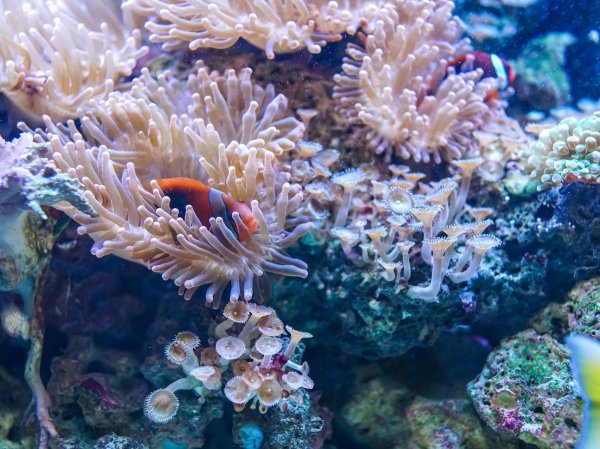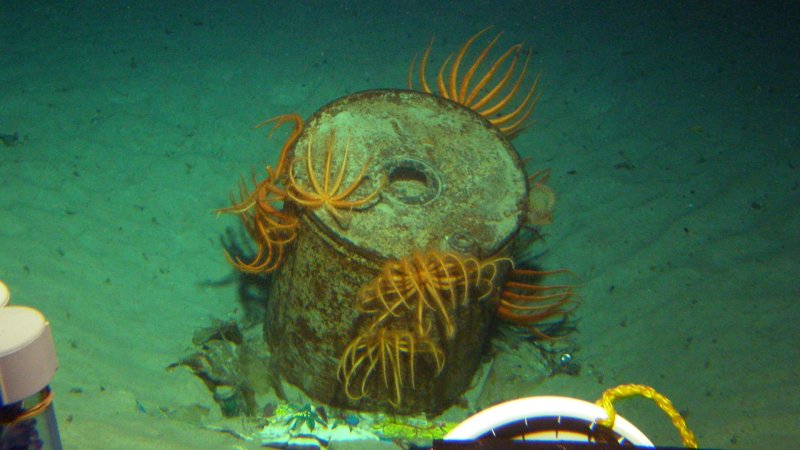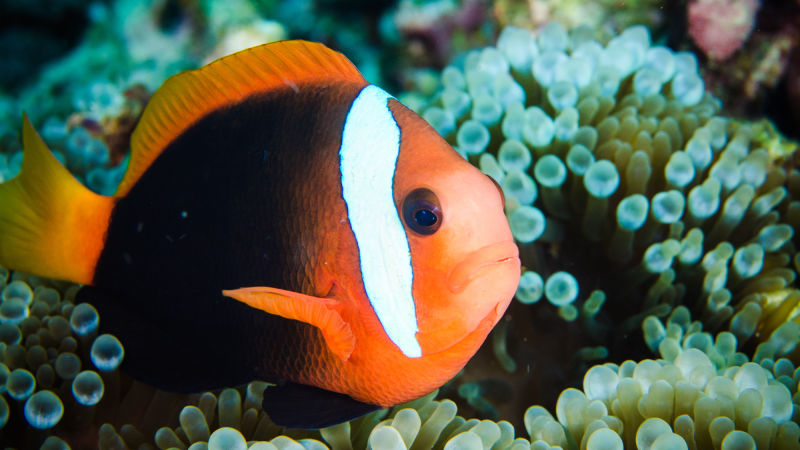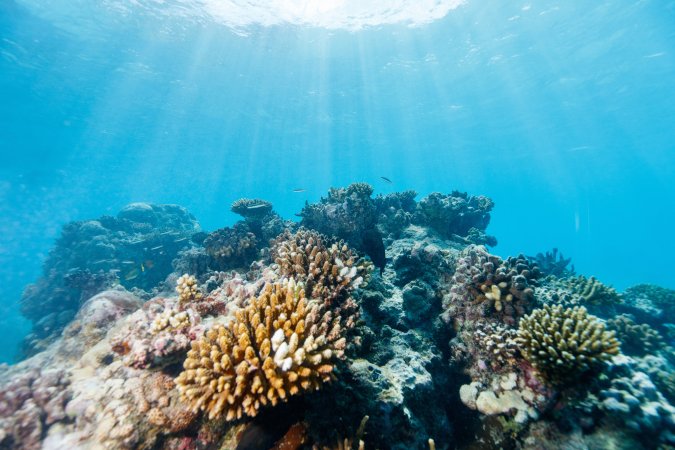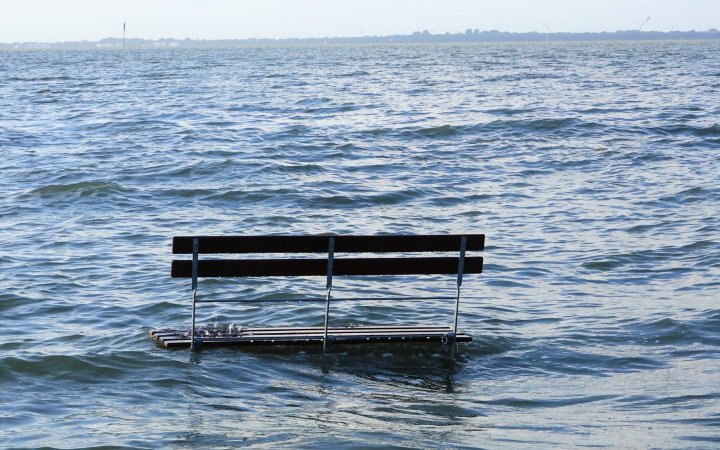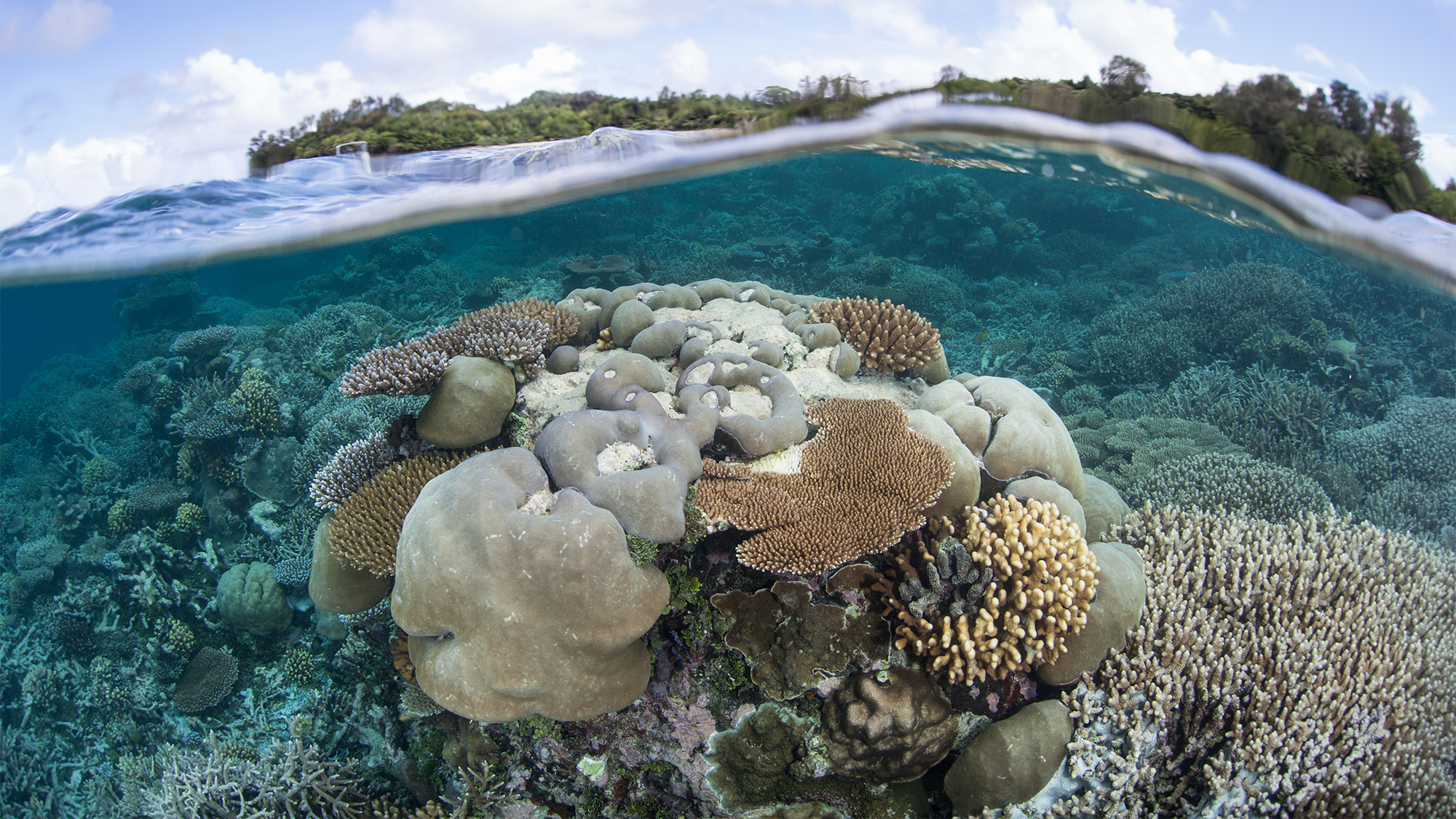

Ocean temperatures are surging worldwide largely due to human-made climate change and natural El Niño driven patterns. The rise is wreaking havoc on the planet’s coral reefs, however a study published August 22 in the journal Nature Communications found that the coral reefs in one part of the Pacific Ocean can likely adjust to some rises in temperature. This adaptation has the potential to reduce future coral bleaching as the climate continues to change.
[Related: The heroic effort to save Florida’s coral reef from a historic heatwave.]
“We know that coral reefs can increase their overall thermal tolerance over time by acclimatization, genetic adaptation or shifts in community structure, however we know very little about the rates at which this is occurring,” study co-author and Newcastle University coral reef ecologist James Guest said in a statement.
The rate at which coral reefs can naturally increase thermal tolerance, and if it can match pace with warming, is largely unknown. So the team started their work by investigating historic mass bleaching events that have occurred since the late 1980s in a remote Pacific coral reef system.
They focused on a reef system Palau, an island country in the western Pacific Ocean, and found that increases in the heat tolerance of reefs is possible. Reefs here are known as a bevy of biodiversity and provide a barrier from storms. The team used decades of data to create models of multiple future coral bleaching trajectories for Palauan reefs. Each model had a different simulated rate of thermal tolerance enhancement. The team found that if coral heat tolerance continues to rise throughout this century at the most-likely high rate, significant reductions in bleaching impacts are actually possible.
The results affirm the general scientific consensus that the severity of future coral bleaching will depend on reducing carbon emissions. For example, if the commitments of the 2015 Paris Agreement to limit future warming to 2.7 degrees Fahrenheit, high-frequency bleaching can be fully mitigated at some reefs under low-to-middle emissions scenarios. These bleaching impacts are unavoidable under high emissions scenarios where society continues to rely on fossil fuels.
Coral communities will need to persist under constant climate change and will likely need to endure progressively more intense and frequent marine heatwaves. The team believes that the observed increase in tolerance suggests that some natural mechanisms, such as genetic adaptation or acclimatization of corals or their symbiotic microalgae, may contribute to the increased heat tolerance.
[Related: To save coral reefs, color the larvae.]
While this is some positive news for Pacific coral, the resilience comes at a high cost. Adaptations like these can reduce reef diversity and growth, and without cutting future greenhouse gas, the Pacific’s reefs won’t be able to provide the habitat resources and protection from waves that residents depend on.
“Our study indicates the presence of an ecological resilience to climate change, yet also highlights the need to fulfill Paris Agreement commitments to effectively preserve coral reefs,” study co-author and Newcastle University coral reef ecologist Liam Lachs said in a statement. “We quantified a natural increase in coral thermal tolerance over decadal time scales which can be directly compared to the rate of ocean warming. While our work offers a glimmer of hope, it also emphasizes the need for continued action on reducing carbon emissions to mitigate climate change and secure a future for these vital ecosystems.”

